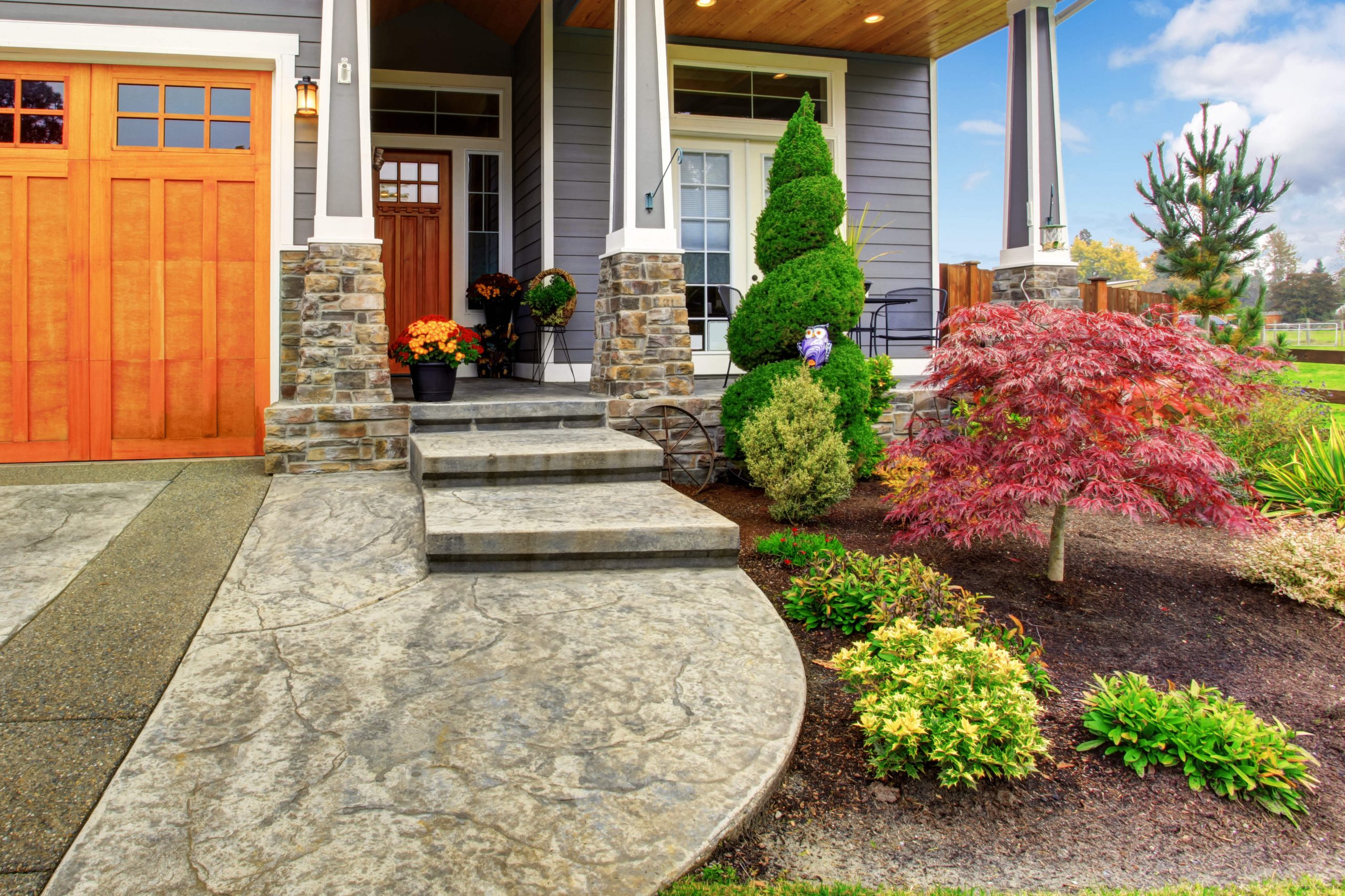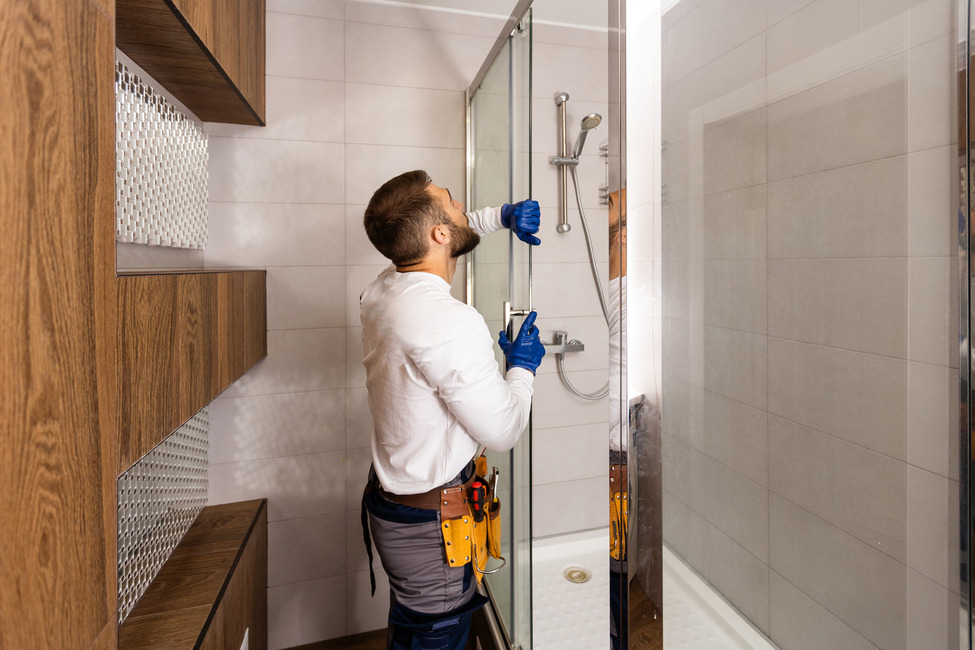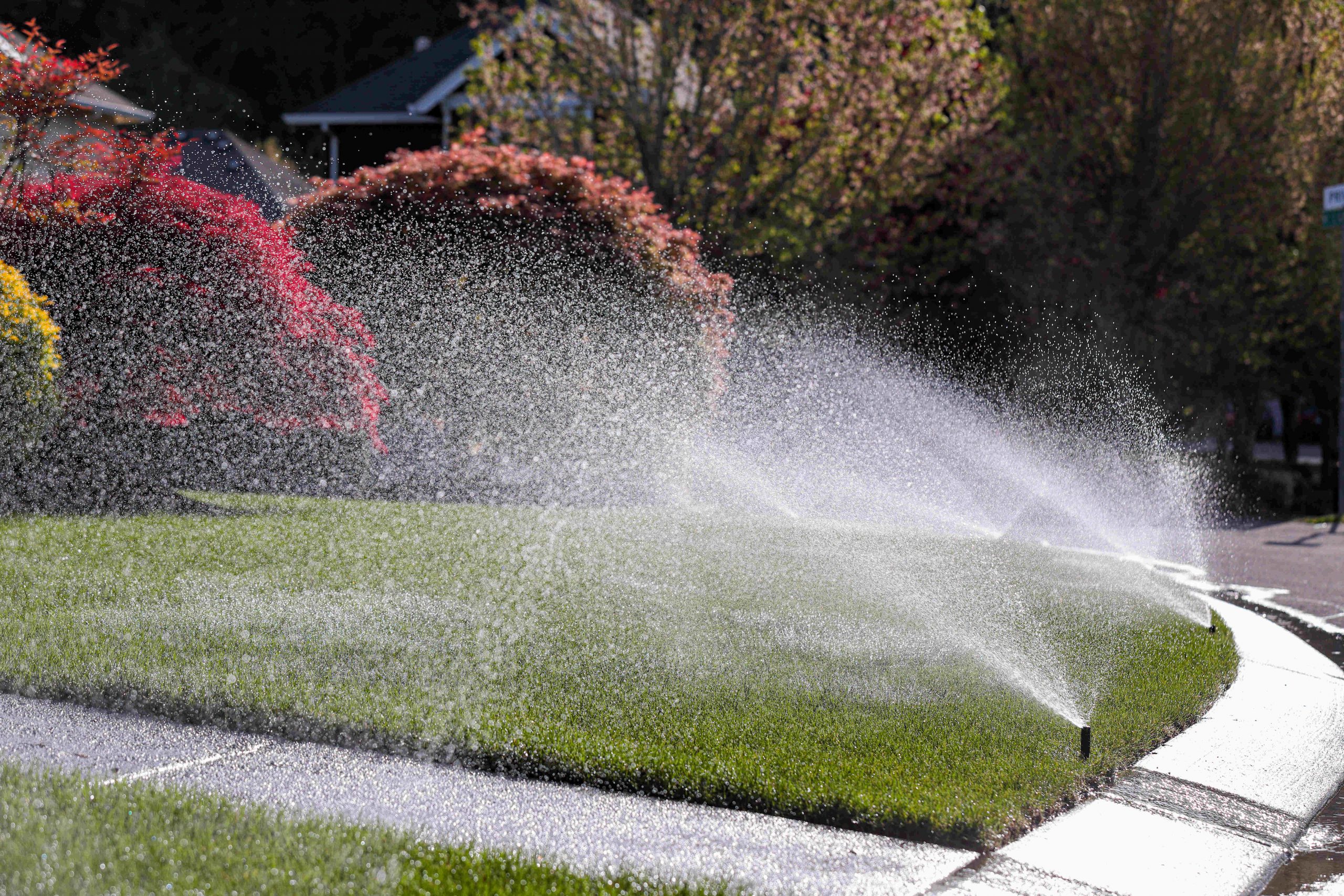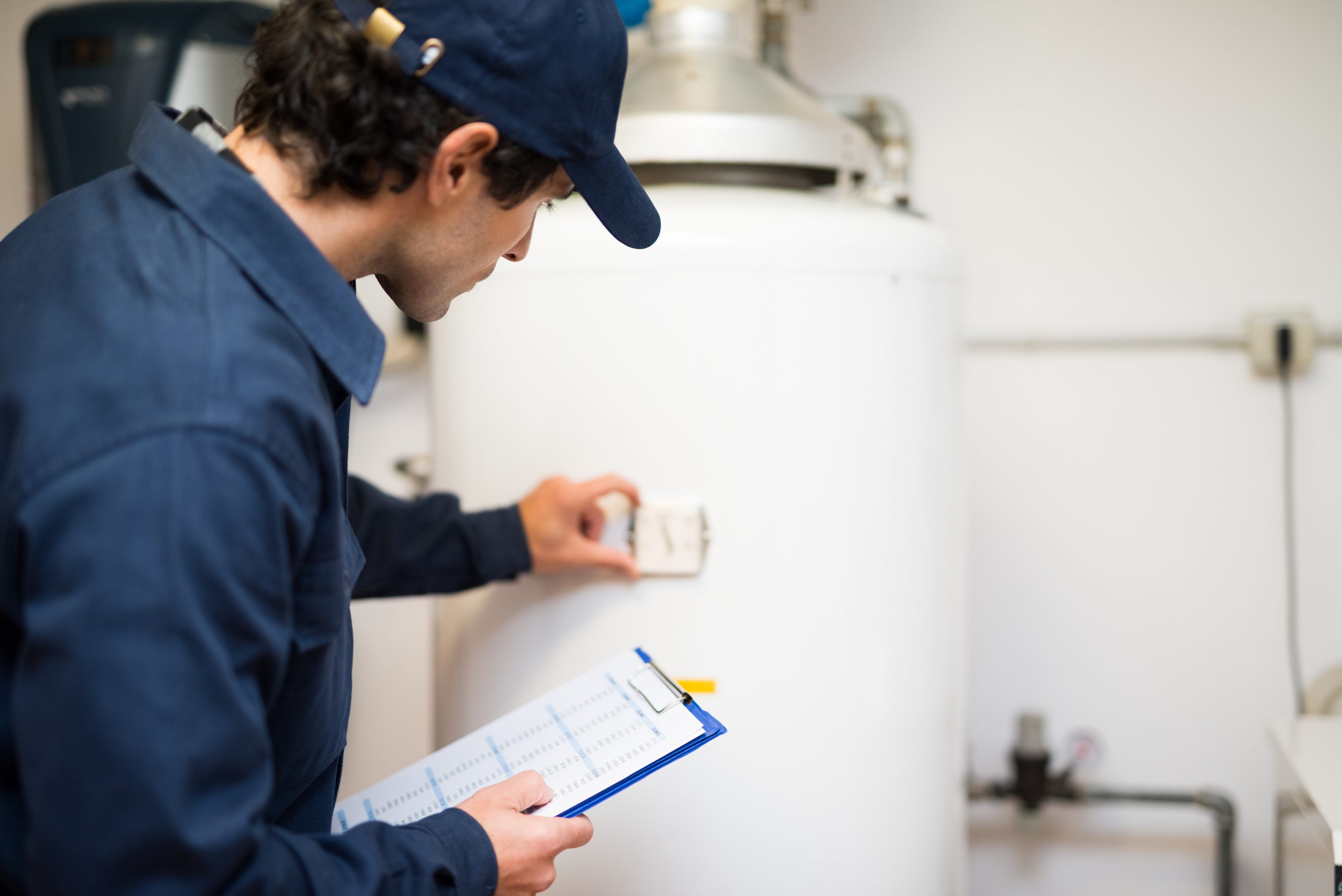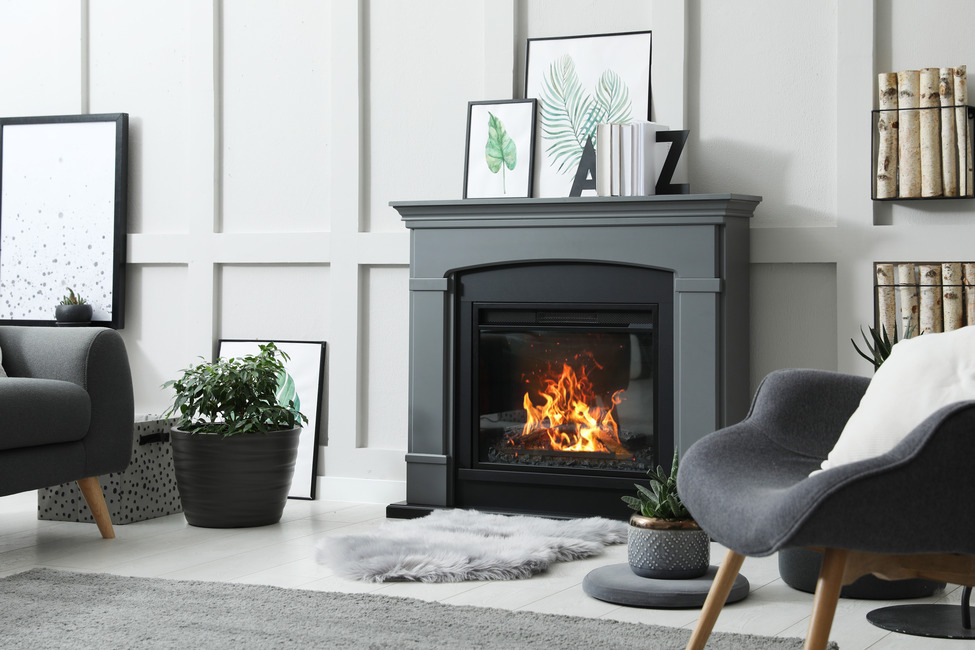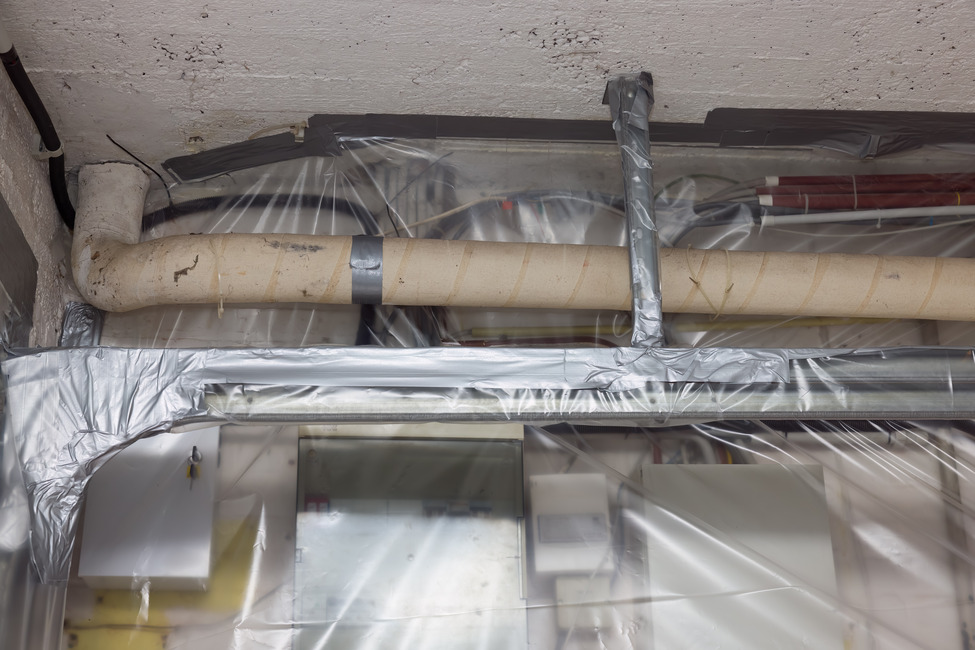Table of Contents
- Understanding the Importance of Your Roof
- Asphalt Shingles: The Popular Choice
- Metal Roofing: Durable and Eco-Friendly
- Tile Roofing: Classic Elegance
- Slate Roofing: The Premium Choice
- Wood Shingles and Shakes: Rustic Charm
- Synthetic Roofing: The Innovative Alternative
- Cost vs. Value: Making the Right Decision
Exploring Roofing Materials: The Best Fit for Your Home
Welcome to Casability's guide on roofing materials! Your roof is more than just a protective shield; it's a long-term investment in your home's safety, energy efficiency, and aesthetic appeal. This guide is crafted for homeowners like you, with a focus on providing insightful, budget-conscious options. We're here to help you make a confident choice in selecting the right roofing material.
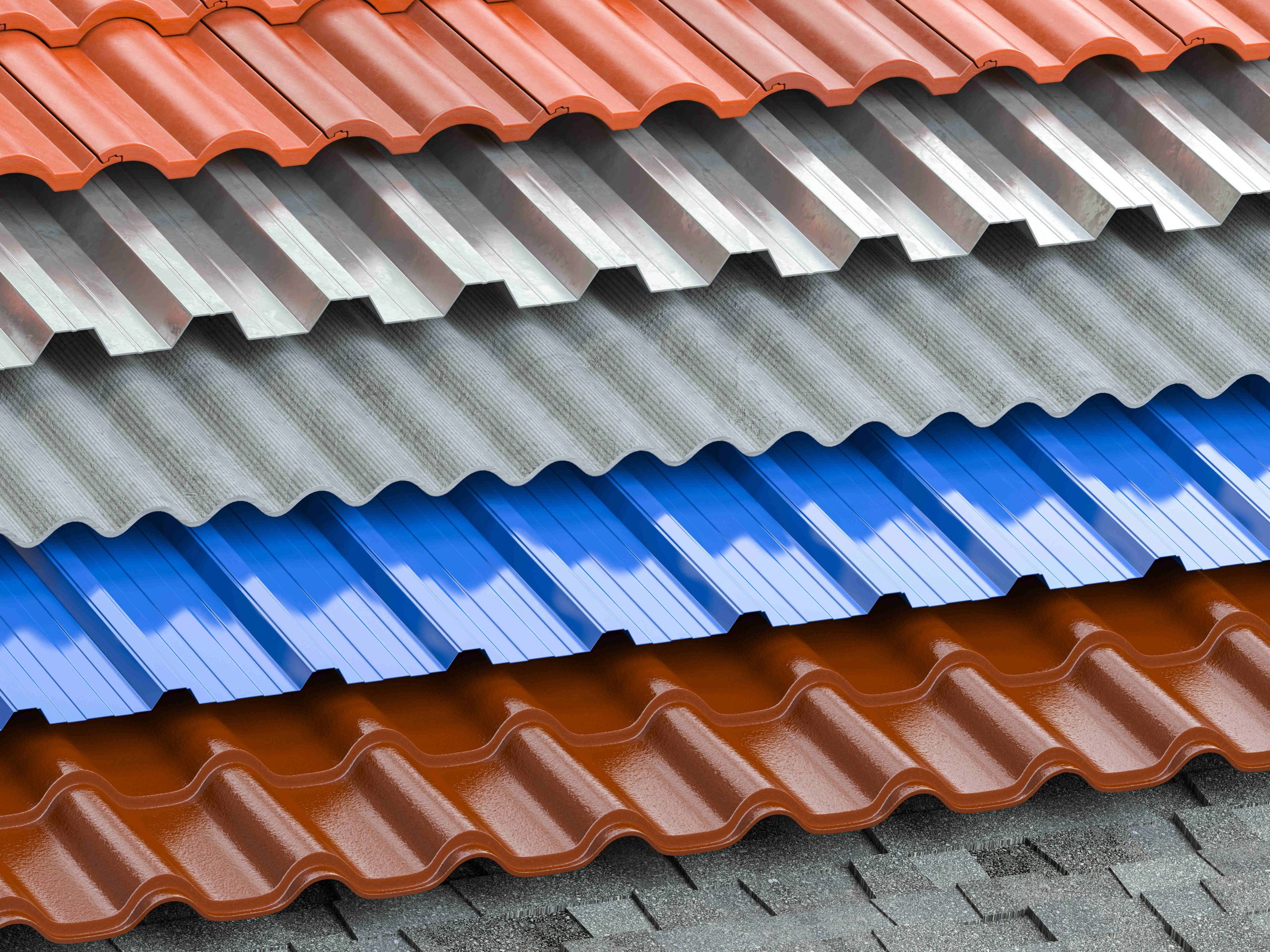
Understanding the Importance of Your Roof
Your roof does more than just cover your home. It plays a crucial role in insulation, protection from elements, and contributes to the overall look of your house. Choosing the right material impacts not only the durability and maintenance of your roof but also your home's energy efficiency and resale value.
Asphalt Shingles: The Popular Choice
Why Choose Asphalt Shingles?
Asphalt shingles are the most common roofing material in America, known for their affordability and ease of installation. They come in a variety of colors and styles, fitting seamlessly with most home designs.
Pros and Cons
- Pros: Cost-effective, widely available, easy to install and repair.
- Cons: Shorter lifespan compared to other materials (15-30 years), vulnerable to high winds and can be susceptible to algae growth.
Metal Roofing: Durable and Eco-Friendly
The Rising Popularity of Metal Roofs
Metal roofing, once primarily used for commercial buildings, has gained popularity in residential homes due to its durability and energy efficiency.
Benefits and Limitations
- Benefits: Long lifespan (40-70 years), fire-resistant, energy-efficient, and recyclable. Metal roofs can reflect solar radiant heat, which can reduce cooling costs.
- Limitations: Higher initial cost, noise during rain or hail, and potential for denting.
Tile Roofing: Classic Elegance
Why Consider Tile Roofing?
Tiles, whether clay or concrete, offer a classic, elegant look to your home. They are especially popular in regions with hot weather or where Spanish-style homes are prevalent.
Pros and Cons
- Pros: Long-lasting (50-100 years), fireproof, and offers excellent insulation. They can also withstand high winds and severe weather conditions.
- Cons: Heavy, requiring reinforced roof framing, and more expensive to install and repair.
Slate Roofing: The Premium Choice
The Luxury of Slate Roofing
Slate roofing is known for its natural beauty and longevity. It’s a premium choice that adds a distinctive look to your home.
Advantages and Considerations
- Advantages: Incredibly durable (75-200 years), fire-resistant, and sustainable. Slate roofs are also low maintenance and offer a unique, elegant appearance.
- Considerations: Very heavy, requiring extra roof support, and expensive to install. Repairs can also be costly due to the specialized skills required.
Wood Shingles and Shakes: Rustic Charm
The Appeal of Wood Roofing
Wood shingles and shakes offer a rustic, natural appearance and blend well with natural surroundings. They are usually made from cedar, redwood, or southern pine.
Benefits and Drawbacks
- Benefits: Aesthetic appeal, natural insulation properties, and environmentally friendly. Wood roofs can also be treated to increase fire resistance.
- Drawbacks: Requires regular maintenance to prevent rot, mold, and insect damage. They are also less fire-resistant than other materials unless treated.
Synthetic Roofing: The Innovative Alternative
Exploring Synthetic Options
Synthetic roofing materials, such as rubber, plastic, and polymer, are designed to mimic the look of natural materials like slate or wood, often at a lower cost and weight.
Pros and Cons
- Pros: Lightweight, durable, less expensive than natural counterparts, and often more environmentally friendly. They can offer similar aesthetic benefits as natural materials without the high cost.
- Cons: Quality varies by manufacturer, and synthetic materials are relatively new in the market, which might affect their perceived reliability and acceptance.
Cost vs. Value: Making the Right Decision
Balancing Budget and Quality
While cost is a significant factor, consider the lifespan and maintenance requirements of each material. A cheaper option might mean more repairs and a shorter lifespan, while a pricier material could offer better durability and less frequent maintenance.
Long-Term Investment
Think about your roof as a long-term investment. A durable, energy-efficient roof can save you money in the long run through lower utility bills and less frequent replacements. For example, metal and slate roofs, while more expensive initially, provide excellent long-term value due to their longevity and low maintenance.
Choosing the right roofing material is a crucial decision for your home’s protection, energy efficiency, and aesthetic. Each material has its unique benefits and drawbacks, and the best choice depends on your personal preferences, budget, and climate. At Casability, we're here to guide you through this important decision, ensuring you have all the information you need to make a confident choice. Remember, a well-chosen roof not only protects your home but also adds to its value and beauty.
